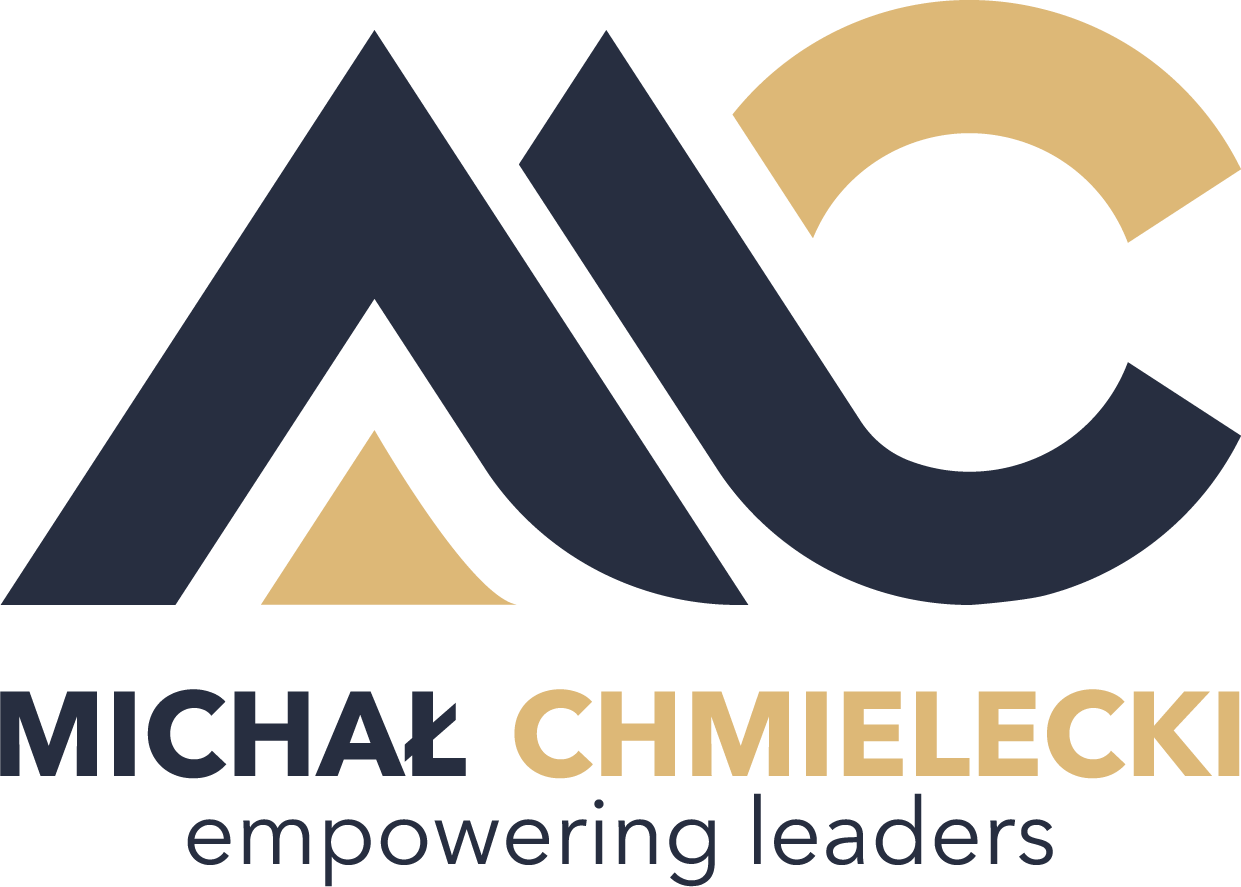Strategic Elements of the Employee Development Process in an Organization
Introduction
Modern organizations increasingly view employee development not as a cost but as a strategic investment. A well-designed development process not only enhances team competencies but also strengthens engagement, supports talent retention, and builds the company’s competitive advantage.
However, for development initiatives to be truly effective, they must be strategically designed—aligned with business goals and supported by systematic, data-driven solutions.
1. Diagnosing Development Needs
The first—and arguably most critical—step of any development process is an accurate diagnosis of learning and development needs.
It’s not just about identifying what workshops employees need, but determining which competencies are essential for achieving the organization’s strategic goals.
An effective diagnosis combines:
Analysis of the company’s business strategy,
Discussions with managers and teams,
Performance and behavioral assessments,
Diagnostic tools (e.g., assessment centers, 360° feedback surveys, competency tests).
This ensures that development efforts are not random but strategically directed to support core business objectives.
2. Designing Development Paths
The next stage involves designing coherent development paths, either individual or team-based.
At this stage, organizations define:
Development goals (both competency and behavioral),
Learning formats (workshops, mentoring, job shadowing, microlearning, implementation projects),
Timelines and progress-monitoring methods.
Modern development programs often use blended learning—combining different learning channels for greater flexibility and effectiveness.
3. Workshops as the Focal Point—Not the Only Element
Workshops are a key but not standalone component of the development process.
They are the culmination point where participants gain new tools and perspectives, yet true transformation happens only when that knowledge is applied in everyday work.
That’s why successful organizations treat workshops as part of a broader learning cycle, supported by pre-work and structured follow-up afterward.
For example, advanced communication or negotiation workshops—like those offered by Michał Chmielecki—are most impactful when combined with feedback, coaching, and on-the-job application.
4. Follow-Up and Implementation of Knowledge
One of the most critical stages in the development process is follow-up—supporting participants in consolidating and applying new skills.
Regular post-workshop actions such as coaching sessions, developmental tasks, and feedback meetings help transform knowledge into real-world behaviors and measurable results.
More on this approach can be seen in corporate development programs that integrate learning directly with workplace implementation.
5. Managerial Support and a Learning Culture
Even the best-designed process won’t succeed without active leadership support.
Managers act as mentors and learning ambassadors, helping their teams apply new skills, providing feedback, and reinforcing a growth mindset.
Organizations that achieve lasting change cultivate a learning culture where development is continuous—not a one-time event. Managers’ involvement turns learning from a task into a sustainable practice embedded in daily work.
6. Evaluation and Measuring Results
The final, yet crucial, element of the process is evaluating the effectiveness of development initiatives.
In modern L&D, it’s no longer enough to ask participants whether they enjoyed the workshop.
What truly matters is:
Have employees applied what they learned on the job?
What behavioral or performance changes are visible?
How have development initiatives impacted organizational goals (ROI, ROE – Return on Expectations)?
Only by measuring outcomes can organizations improve future initiatives and make data-driven decisions about employee development.
Conclusion
A strategic development process is not a collection of random workshops—it’s a cohesive system.
It integrates diagnosis, design, workshops, follow-up, leadership support, and evaluation into a unified cycle that drives real business performance.
Companies that approach development strategically build not only stronger competencies but also a culture of learning—a true source of long-term competitive advantage.
